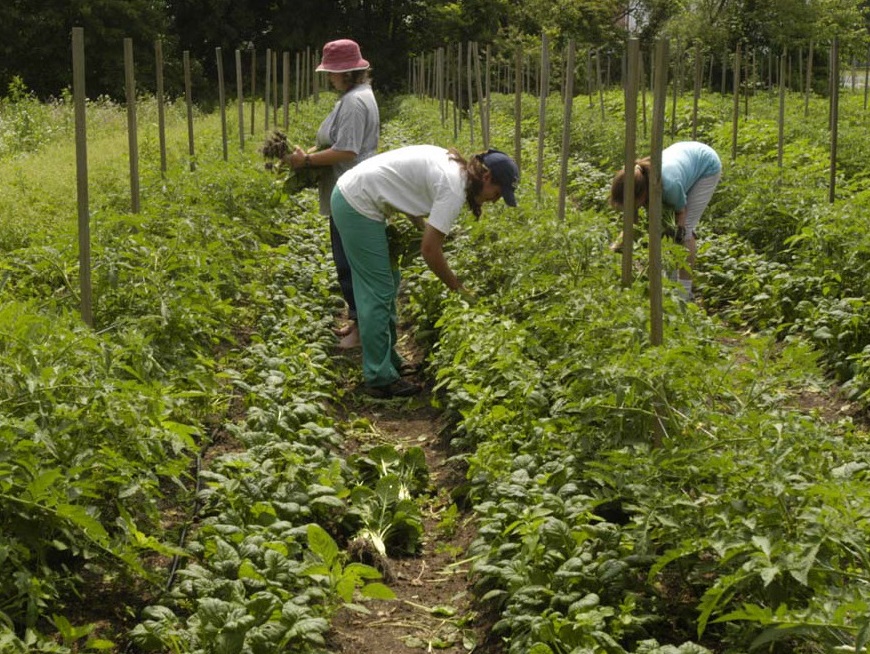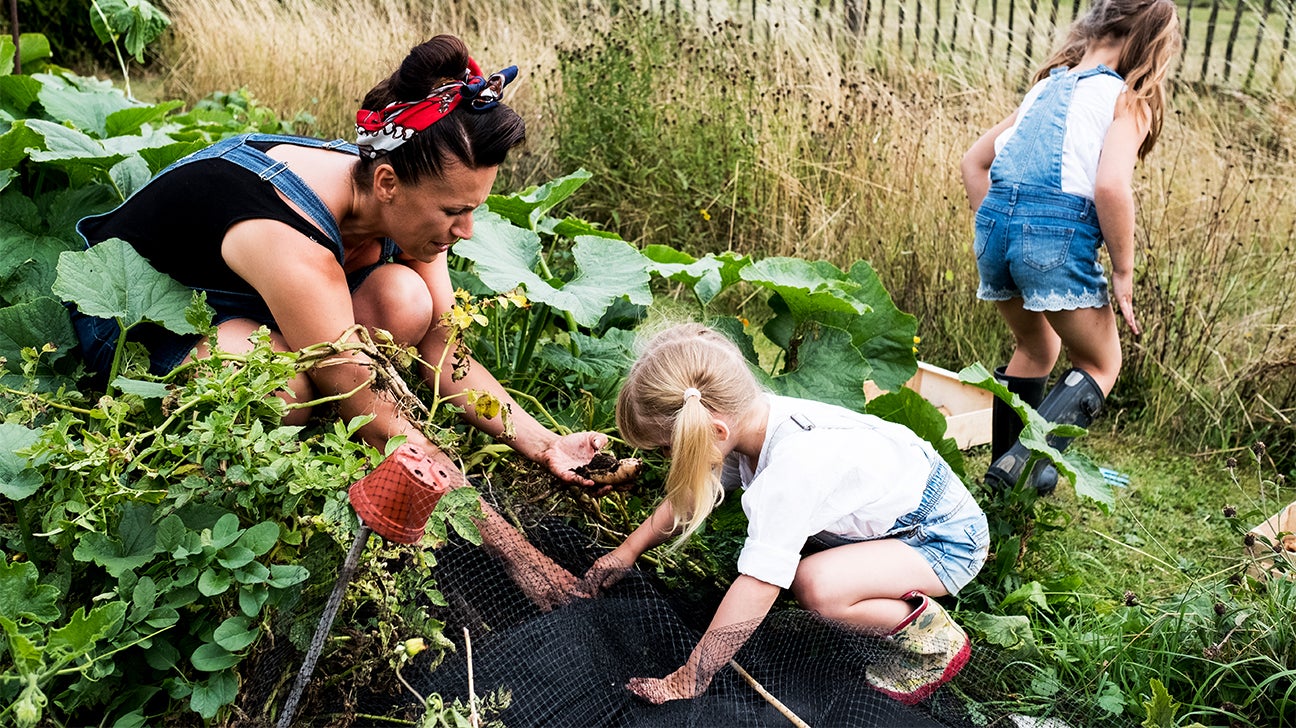Crucial Gardening Equipment Every Garden Enthusiast Needs for a Beautiful Garden
Crucial Gardening Equipment Every Garden Enthusiast Needs for a Beautiful Garden
Blog Article
The Comprehensive Overview to Gardening: Discover the Benefits of Different Designs and Approaches
Horticulture includes a diverse selection of styles and approaches, each offering special advantages customized to specific choices and ecological contexts. As we explore these different designs, it comes to be obvious that the options made can considerably influence both the garden's health and wellness and its contribution to the surrounding environment.
Recognizing Horticulture Essentials
Comprehending the fundamentals of gardening is necessary for growing a prospering and lasting yard. A successful horticulture endeavor begins with a solid structure of knowledge regarding dirt, plant selection, and environment considerations. Healthy and balanced soil is the foundation of any yard; it offers crucial nutrients, water retention, and a habitat for helpful microorganisms - Gardening. Checking dirt pH and nutrient levels can direct modifications to optimize plant development.
Picking the right plants is similarly crucial. Recognizing their specific needs-- such as sunshine, water, and spacing-- makes certain compatibility with the regional environment and soil conditions. This selection process should also consider the growth behaviors and lifecycle of plants, enabling a balanced and aesthetically pleasing yard.
Moreover, effective watering techniques are important. Over-watering and under-watering can both bring about plant tension and illness. Executing a schedule based upon seasonal adjustments and plant needs can boost water performance.
Popular Horticulture Styles
What defines the significance of preferred horticulture designs? Amongst the most prominent styles is the cottage yard, defined by its informal format and a vivid array of blossoms and vegetables.
Alternatively, the official garden personifies balance and order, often including geometric patterns and diligently trimmed bushes. This design interacts style and refinement, with carefully chosen plants that reinforce a structured visual.
The Japanese garden uses a peaceful and meditative experience, using all-natural aspects like water, stones, and plants to develop a relaxing atmosphere. It concentrates on simplicity and equilibrium, encouraging consideration.
Additionally, xeriscaping has obtained popularity, especially in arid regions (Gardening). It focuses on drought-resistant plants and efficient water use, advertising sustainability while improving landscape elegance
Benefits of Container Gardening
Container horticulture offers a multitude of advantages that make it an enticing option for both beginner and seasoned gardeners alike. Among the key advantages is versatility; containers can be positioned in various locations, allowing gardeners to enhance sunshine exposure and create visually enticing setups. This adaptability makes it feasible to yard in rooms where traditional in-ground gardening may not be viable, such as terraces, outdoor patios, or metropolitan settings.
In addition, container gardening offers better control over soil conditions. Gardeners can customize the soil mix to fit certain plants, ensuring optimal drain and nutrient accessibility. This is especially helpful for people living in areas with poor or contaminated soil.
Another significant advantage is the decreased threat of bugs and diseases. Container plants can be kept track of a lot more easily, and any kind of problems can be addressed without delay. Moreover, this strategy can reduce the spread of intrusive varieties.
Sustainable Horticulture Practices
Lasting gardening techniques are crucial for promoting ecological health and enhancing biodiversity in our ecological communities. These practices focus on eco-friendly balance, source conservation, and making use of organic techniques to decrease negative ecological impacts. By utilizing strategies such as composting, gardeners can decrease waste while enriching dirt health, thus promoting a thriving garden ecosystem.
Water conservation is an additional important facet of sustainable horticulture. internet Methods such as rainwater harvesting, drip irrigation, and making use of drought-resistant plants can dramatically decrease water use while ensuring that plants get adequate dampness. Integrating indigenous plant species right into yard designs supports local wildlife and lowers the demand for chemical fertilizers and chemicals, which can be harmful to the environment.

Inevitably, sustainable gardening methods not just contribute to healthier gardens yet additionally promote a more resistant environment, using lasting advantages to both the gardener and the surrounding neighborhood.
Tips for Successful Horticulture
To cultivate a thriving garden, garden enthusiasts need to focus on cautious preparation and thoughtful execution of their horticulture strategies. Begin by evaluating the local environment and dirt conditions, as these factors significantly influence plant selection and growth. Select plants that are appropriate to your atmosphere, thinking about indigenous types that will certainly grow with marginal treatment.
Applying a well-structured format is vital (Gardening). Make use of friend growing methods to promote biodiversity and all-natural parasite control, while guaranteeing each plant has adequate space for development. This not just boosts looks yet additionally enhances overall plant health
Routine upkeep is crucial to a successful yard. Establish a consistent timetable for watering, weeding, why not try here and feeding. Mulching can assist retain moisture and reduce weeds, while likewise adding raw material to the soil.
Regularly checking plant wellness and development will allow for prompt treatments. Be open to discovering and adapting; gardening is a continuous process that benefits from experience and trial and error.
Final Thought


In recap, the exploration of varied horticulture styles and strategies exposes their complex benefits, adding to both aesthetic charm and ecological health and wellness. Container horticulture offers flexibility and access, while sustainable methods boost environmental stewardship.
Report this page